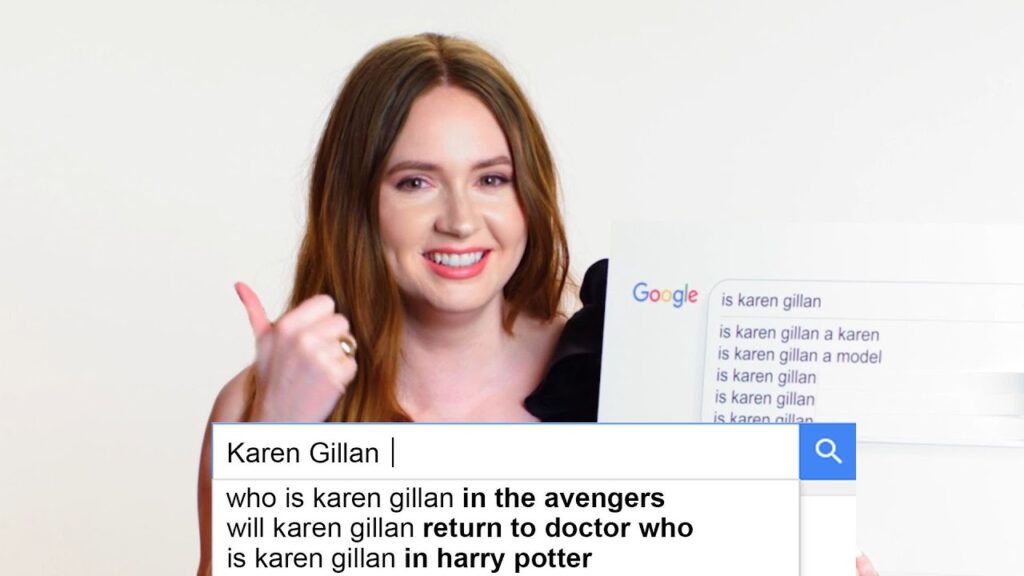The Phenomenon of Color Constancy: How Our Brain Perceives Colors
Summary
In this article, we discuss the concept of color constancy, which is the ability of the brain to perceive the color of an object as relatively constant despite changes in lighting conditions. We cite examples of visual illusions that demonstrate this phenomenon and explain how the brain corrects for the color of the light hitting the object, causing the object to appear as its perceived color. We also discuss how this feature of human vision and the brain can be leveraged for illusions.
Table of Contents
- Color constancy: What is it?
- Examples of visual illusions
- How the brain corrects for lighting conditions
- Leveraging color constancy for illusions
- Conclusion
Color constancy: What is it?
Color constancy is the ability of the brain to perceive the color of an object as relatively constant despite changes in lighting conditions. This means that even when the color of the light hitting an object changes, our brain still perceives the object as having the same color. This is an amazing feature of human vision and the brain, as it allows us to perceive objects as they truly are in the world.
Examples of visual illusions
One example of a visual illusion that demonstrates color constancy is a photograph of gray strawberries that appear red due to an overlay of blue-green light. Another example is the painting by James Gurney, where identical cubes appear to be different colors under different lighting conditions. These illusions show that our brain corrects for the color of the light hitting the object by subtracting it from the actual physical color of the pixels in the image, causing the object to appear as its perceived color.
How the brain corrects for lighting conditions
The brain corrects for the color of the light hitting the object by subtracting it from the actual physical color of the pixels in the image. This means that if an object appears red under white light, and the same object appears yellow under blue light, our brain will subtract the blue light from the yellow color to perceive the object as red. This process happens both in the eye and the brain, and it involves unconscious inferences based on prior assumptions about the world.
Leveraging color constancy for illusions
The phenomenon of color constancy can be leveraged for illusions. For example, an artist can use color constancy to create an illusion of depth in a painting by making distant objects appear bluer than closer objects. This creates the illusion of atmospheric perspective, where objects appear bluer and less distinct as they get further away.
Conclusion
Color constancy is an amazing feature of human vision and the brain that allows us to perceive objects as they truly are in the world. It is the brain’s way of correcting for changes in lighting conditions and perceiving the color of an object as relatively constant. This phenomenon can also be leveraged for illusions, such as creating the illusion of depth in a painting.






